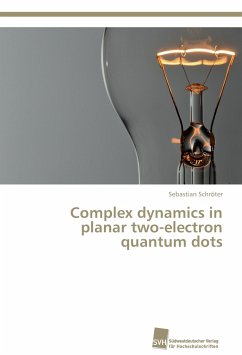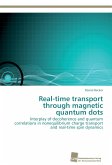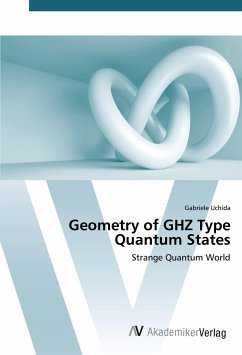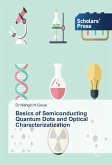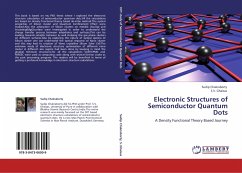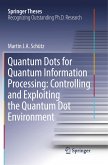Quantum dots play an important role in a wide range of recent experimental and technological developments. In particular they are promising candidates for realisations of quantum bits and further applications in quantum information theory. The harmonically confined Hooke's atom model is experimentally verified. In order to study effects of an anharmonic confinement potential on spectral properties of planar two-electron quantum dots a sophisticated numerical approach is developed. Classical and quantum features of complexity and chaos are investigated. The concept of offset entanglement, the entanglement of harmonic models in the non-interacting limit, is introduced. It shows that only in the groundstate the electrons are not entangled in the fermionic sense. The applicability, validity, and origin of Hund's first rule in general quantum dot models is further addressed. In fact Hund's first rule is only applicable, and in this case also valid, for one pair of singlet and triplet states in Hooke's atom. For more realistic models of two-electron quantum dots an extension of Hund's first rule for unnatural parity states, the alternating rule, is found to be valid.

